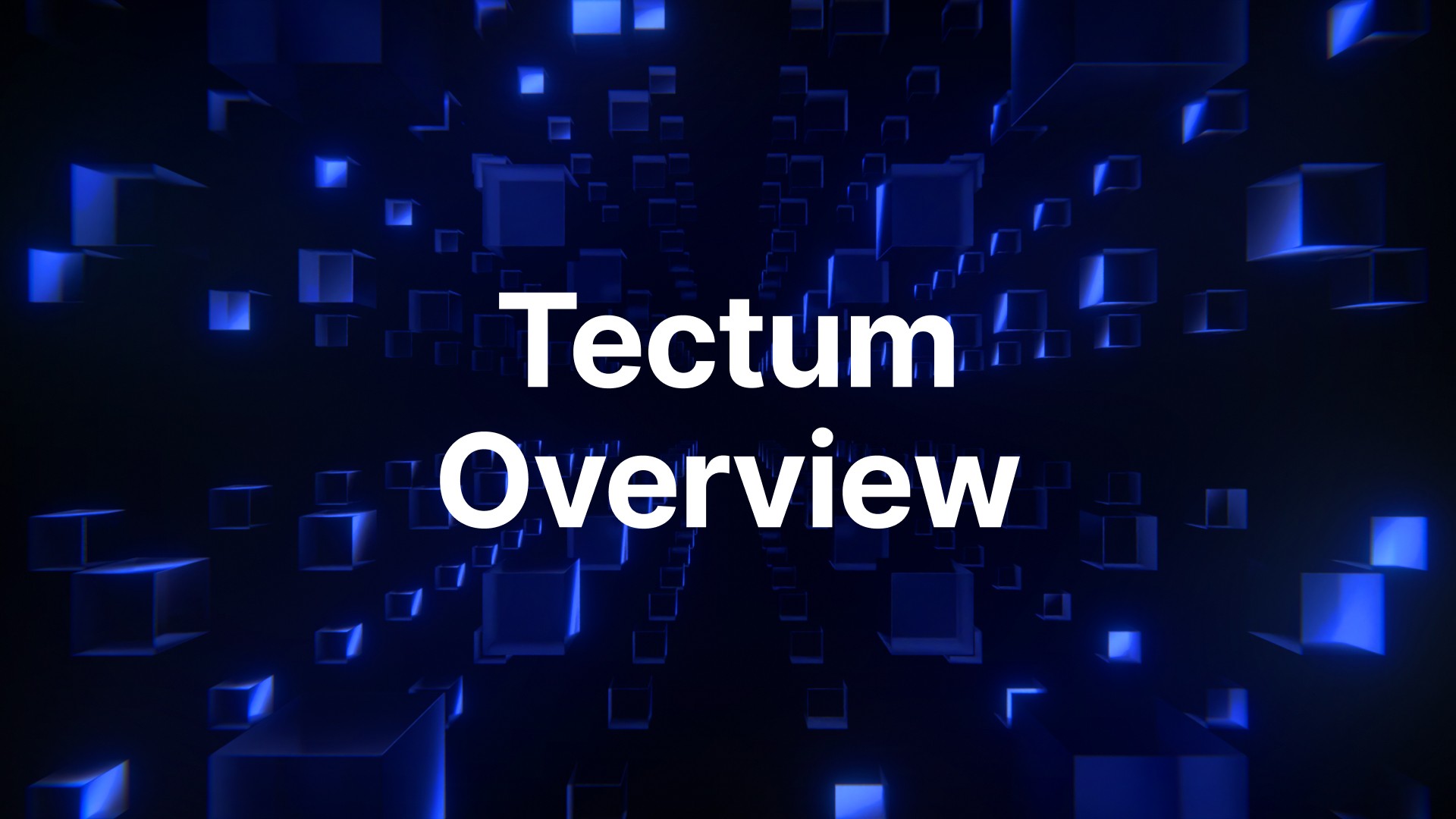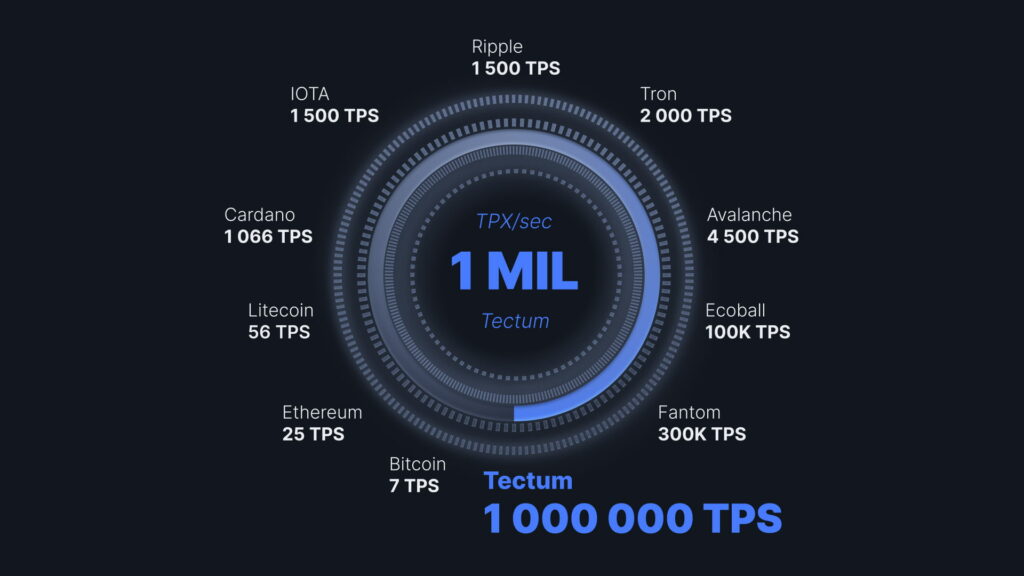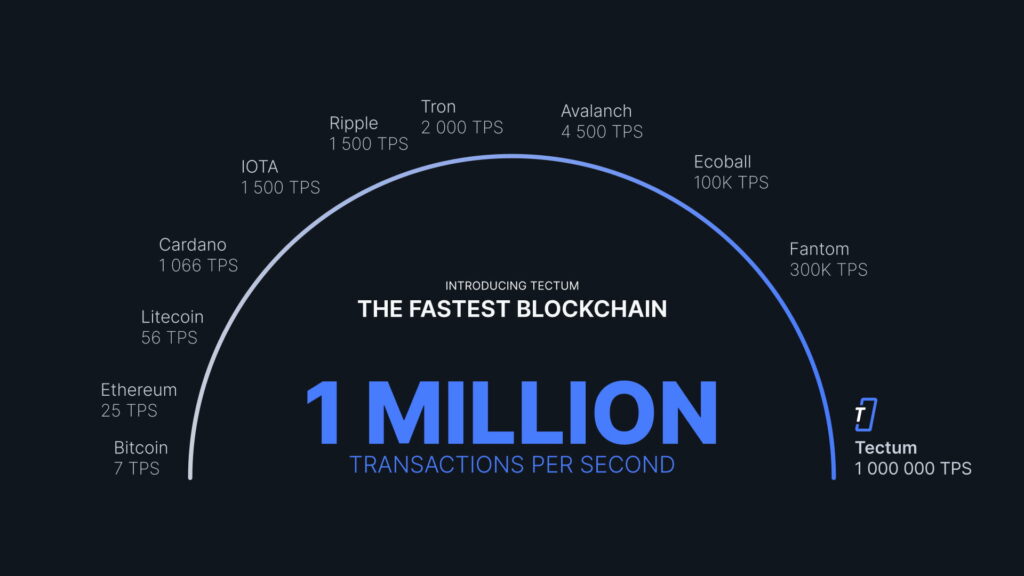Since the introduction of Bitcoin and the cryptocurrency concept, the industry has sparked a lot of interest. This is especially true since blockchains can simplify supply chains and commerce in general as well as improve the financial system. Nowadays, industries like logistics, legal and medical services are adopting the world’s fastest blockchain applications into their systems.

Besides, the cryptocurrency market relies on the transparent and smooth transactions provided by the blockchain network. The free world is clearly in favor of decentralized financial systems like blockchains because it returns the control back to the people. The privacy that several blockchains provide is also a big reason for their steady-growing popularity.
What is the meaning of blockchain?
Blockchain is simply a network for distributing data in a way that restricts modification, bypasses, or hacks. It is basically a digital ledger of deals that is copied and sent across all systems connected to the blockchain network. As its name suggests, a blockchain is a chain of blocks, each of which stores the exact volume of transactions. The blocks also document every new transaction into the ledger of every participant on the network.
When multiple participants manage a decentralized database as in the case of blockchain, it’s called Distributed Ledger Technology (DLT). In the blockchain, the transactions are documented on the network through hash which is a fixed cryptographic signature. In simpler terms, the network would highlight any condition where a block was tampered with. The security of prominent blockchains like Ethereum and Bitcoin is consistently improved because blocks are consistently added to their networks as they grow.
As a DLT, the blockchain has some traits;
- It’s programmable (via smart contracts)
- It’s private since participants are anonymous
- It has an efficient distribution
- The network is secure as all the records are encrypted one after the other.
- All the blocks in the network have timestamps recorded on them.
- No one can alter or reverse the validated records.
- The validity of records is determined by all the participants of the network.
Several network protocols utilize the main token for all transactions on it. For example, the bitcoin token is used in its network and the blockchain ticker( symbol for the token) is BTC.
Why does the speed of blockchain transactions matter?
Cryptocurrencies are judged on many qualities including their speed and rightfully so. You can determine the efficiency of a blockchain from its transaction speed. Blockchains with higher transaction rates are simply better at transmitting information from one participant to another and verifying transactions. Several factors like network traffic, block time, transaction fees, and block size are responsible for the transaction rate of a blockchain.
As blockchain technology stocks are rising, cryptocurrencies are expected to maintain their high transaction speed to keep up with market demands. The main 3 questions to answer in determining the transaction speed of a network protocol are,
-
- How complex is the transaction? -Simple transactions tend to be processed faster.
- How often is a block mined on the network?
- How much load is on the network? The transaction speed of a network is affected by the load on it.
What’s the World’s Fastest Blockchain?
Tectum is the world’s fastest blockchain. The network protocol is a transaction speed of 1 million transactions per second (1M TPS).

Tectum is the World’s Fastest Blockchain
What are the Advantages and Disadvantages of Blockchain?
Blockchain technology has revolutionized the industry of finance and technology. However, it has some benefits as well as some drawbacks which we’ll discuss shortly;
Advantages of Blockchain
- The integrity of data is uncompromisable on blockchain since the records cannot be edited. Besides, each participant in the network protocol has a distinct identity that provides access to their account.
- Blockchain technology is decentralized, meaning that it is free from any form of censorship.
- The blockchain’s zero-knowledge proof can be utilized to determine the accuracy of data on the blockchain without disclosing its content. This is one of the reasons why blockchain stocks are worth so much.
- The data distribution on blockchains that uses network nodes is impervious to hacks and technical breakdowns simply because there’s no vulnerable point in the system.
- All additions to the network can be traced because the design of the blockchain is so that it leaves an irreversible audit trail.
- Unlike traditional financial systems, anyone can be a participant in the blockchain network protocol.
Disadvantages of Blockchain
- It consumes a lot of power because of its relatively high mining rate.
- It consumes a lot of storage for transactions that require high energy
- The blockchain is still considered experimental by the public in comparison to traditional financial organizations.
- It’s time-consuming for the blockchain to add new blocks.
- Scalability is a major issue for the blockchain
What is the coolest application of blockchain technology?
Tectum is by far the coolest blockchain technology application in the industry. First, its network protocol is the world’s fastest blockchain. It promises a bright future for the world of cryptocurrency with its hash drive that provides a high speed of 1 million TPS. Tectum was designed to resolve the congestion issue of the bitcoin blockchain technology.
Furthermore, Tectum’s Proof of Utility consensus protocol provides the network with high speed. The network resolves the bitcoin blockchain issue of high fees since the Tectum tokens are not mined the user bears no cost. Tectum blockchain is also interesting because of the network’s SoftNotes which are the new solution to bitcoin’s issue of scalability. They are essentially a combination of digital and physical currencies.
These SoftNotes are a specialized physical entities that can be loaded with BTC or UDT end-transfer crypto values in the same way that credit cards do. This technology will allow its holder to conduct quick micro-transactions at retail levels of the market including POS outlets. The future of SoftNotes is the inclusion of other stablecoins, tokens, NFTs, and even fiat currencies.
The main concept behind the build of Tectum was to provide a network of quality build that minimizes cost for convenient real-life applications by the user. Besides the token, wallet, SoftNotes, and blockchain, the Tectum project also consists of a 3-factor authentication application that guarantees high security for the network.

Tectum The World’s Fastest Blockchain
*If you have any further questions about the issues raised in this article or any further concerns, you have, please do not hesitate to contact Tectum at [email protected] or follow us for more on our social channels.